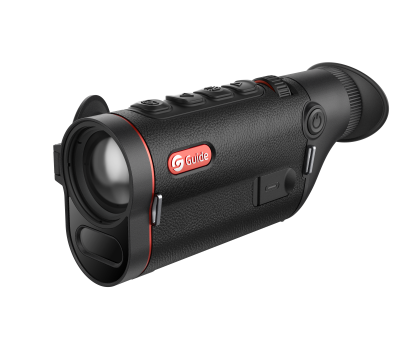
# Night Vision Scope: Enhancing Visibility in Low-Light Conditions
## Introduction to Night Vision Technology
Night vision scopes have revolutionized the way we see and operate in low-light conditions. These remarkable devices amplify available light, including infrared radiation, to provide clear images even in near-total darkness. Originally developed for military applications, night vision technology has now become accessible to civilians for various purposes.
## How Night Vision Scopes Work
### Light Amplification Process
Night vision scopes work through a process called image intensification. They collect tiny amounts of light, including lower portions of the infrared light spectrum, and amplify them to create a visible image. The main components include:
– Objective lens that gathers ambient light
– Photocathode that converts photons to electrons
– Microchannel plate that multiplies the electrons
– Phosphor screen that converts electrons back to visible light
– Eyepiece that magnifies the image for viewing
### Infrared Illumination
Many modern night vision devices incorporate infrared illuminators. These emit light that’s invisible to the naked eye but can be detected by the scope’s sensors, providing additional illumination when ambient light is insufficient.
## Types of Night Vision Scopes
### Generation Classification
Night vision technology is categorized into generations:
– Generation 1: Basic light amplification, requires some ambient light
– Generation 2: Improved resolution and light amplification
– Generation 3: Military-grade with superior performance
– Generation 4: Latest technology with enhanced features
### Digital Night Vision
A newer alternative to traditional night vision uses digital sensors and displays. These devices often offer additional features like image recording and wireless connectivity.
## Applications of Night Vision Scopes
### Military and Law Enforcement
Night vision remains crucial for nighttime operations, surveillance, and tactical missions. Modern forces rely on advanced night vision equipment for various combat and security scenarios.
### Wildlife Observation and Hunting
Nature enthusiasts and hunters use night vision to observe nocturnal animals without disturbing them. Many jurisdictions have specific regulations regarding night vision use for hunting.
### Security and Surveillance
Security professionals utilize night vision for perimeter monitoring and nighttime patrols. The technology helps detect intruders who might otherwise go unnoticed in darkness.
### Navigation and Rescue Operations
Emergency responders employ night vision during search and rescue missions conducted at night or in low-visibility conditions.
## Choosing the Right Night Vision Scope
### Key Considerations
When selecting a night vision scope, consider:
– Intended use (hunting, surveillance, navigation)
– Required detection range
– Environmental conditions
– Budget constraints
– Battery life and durability
### Performance Factors
Important specifications to evaluate include:
– Resolution and image clarity
– Magnification power
– Field of view
– Light amplification capability
– Battery type and runtime
## Maintenance and Care
Proper maintenance ensures optimal performance and longevity of night vision equipment:
– Store in a dry, temperature-controlled environment
– Use protective cases when transporting
– Clean lenses with appropriate materials
– Avoid exposure to bright light sources when powered on
– Follow manufacturer’s guidelines for battery replacement
## Future of Night Vision Technology
Advancements continue to push the boundaries of what’s possible with night vision:
– Integration with augmented reality systems
– Improved thermal imaging capabilities
– Smaller, lighter designs with better power efficiency
– Enhanced digital processing for clearer images
– Wireless connectivity and smart features
Night vision scopes have transformed our ability to operate effectively in darkness, with applications spanning from military operations to wildlife observation. As technology advances, these devices will become even more capable and accessible, opening new possibilities for nighttime activities across various fields.
Keyword: night vision scope
Comments are closed